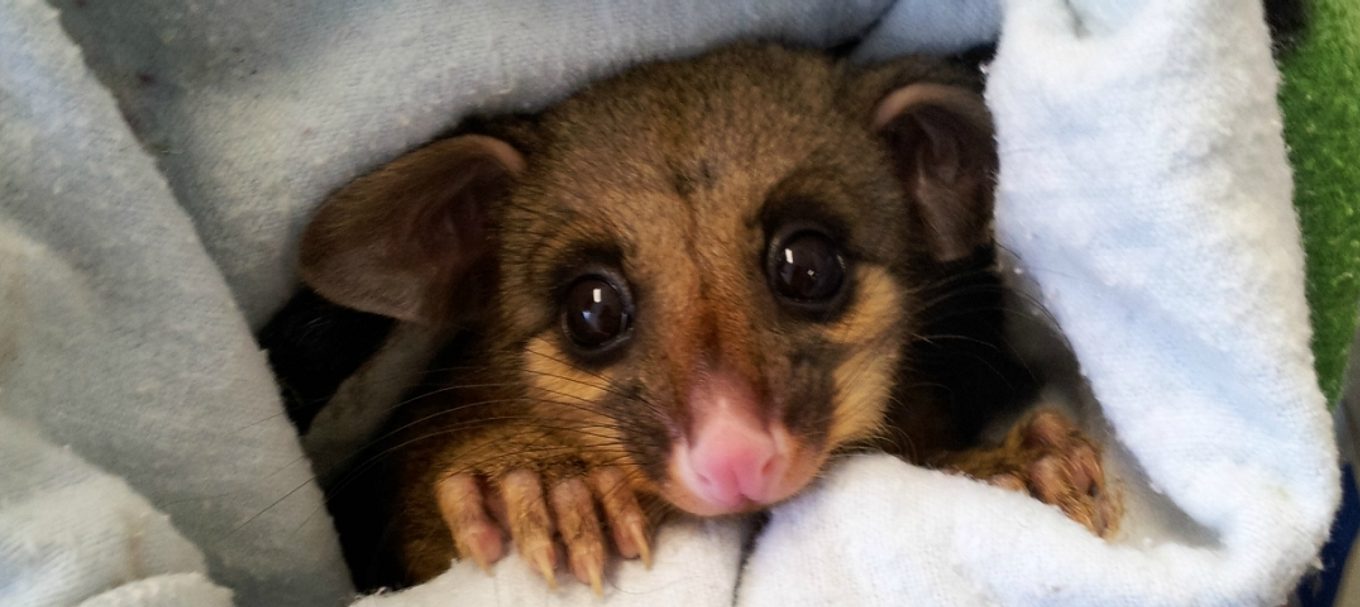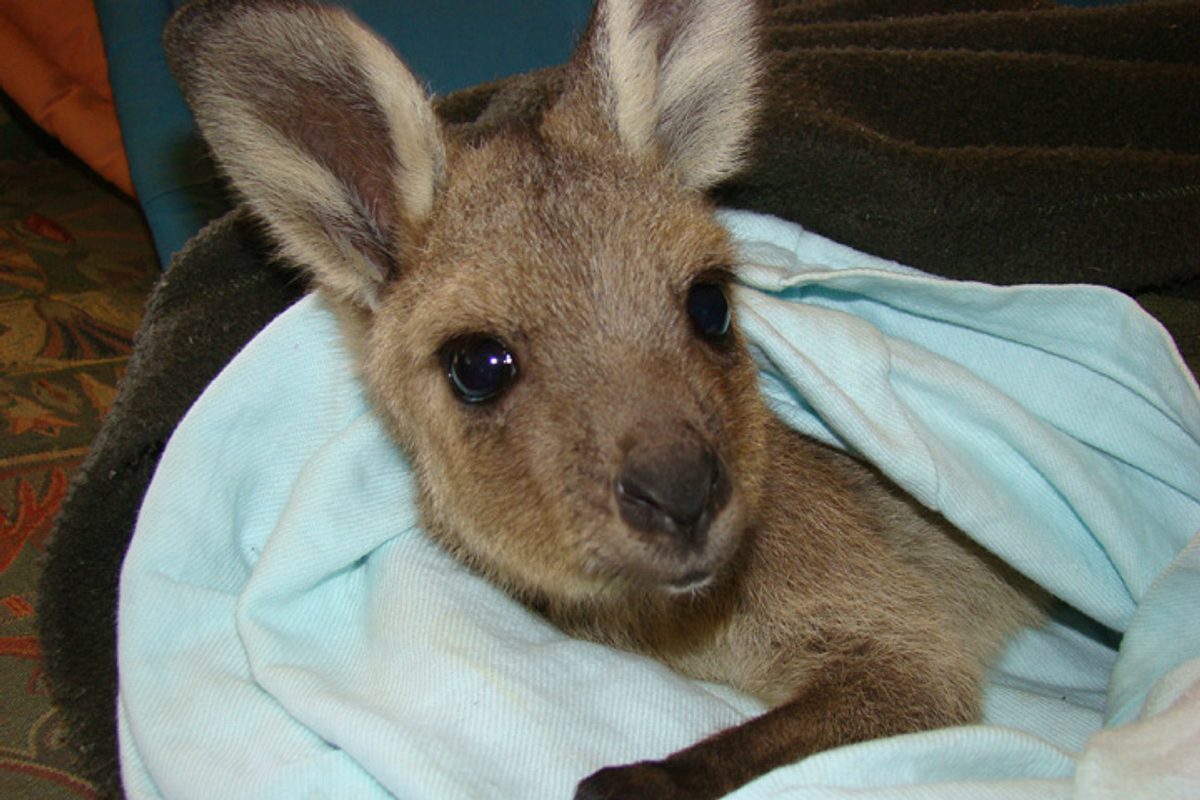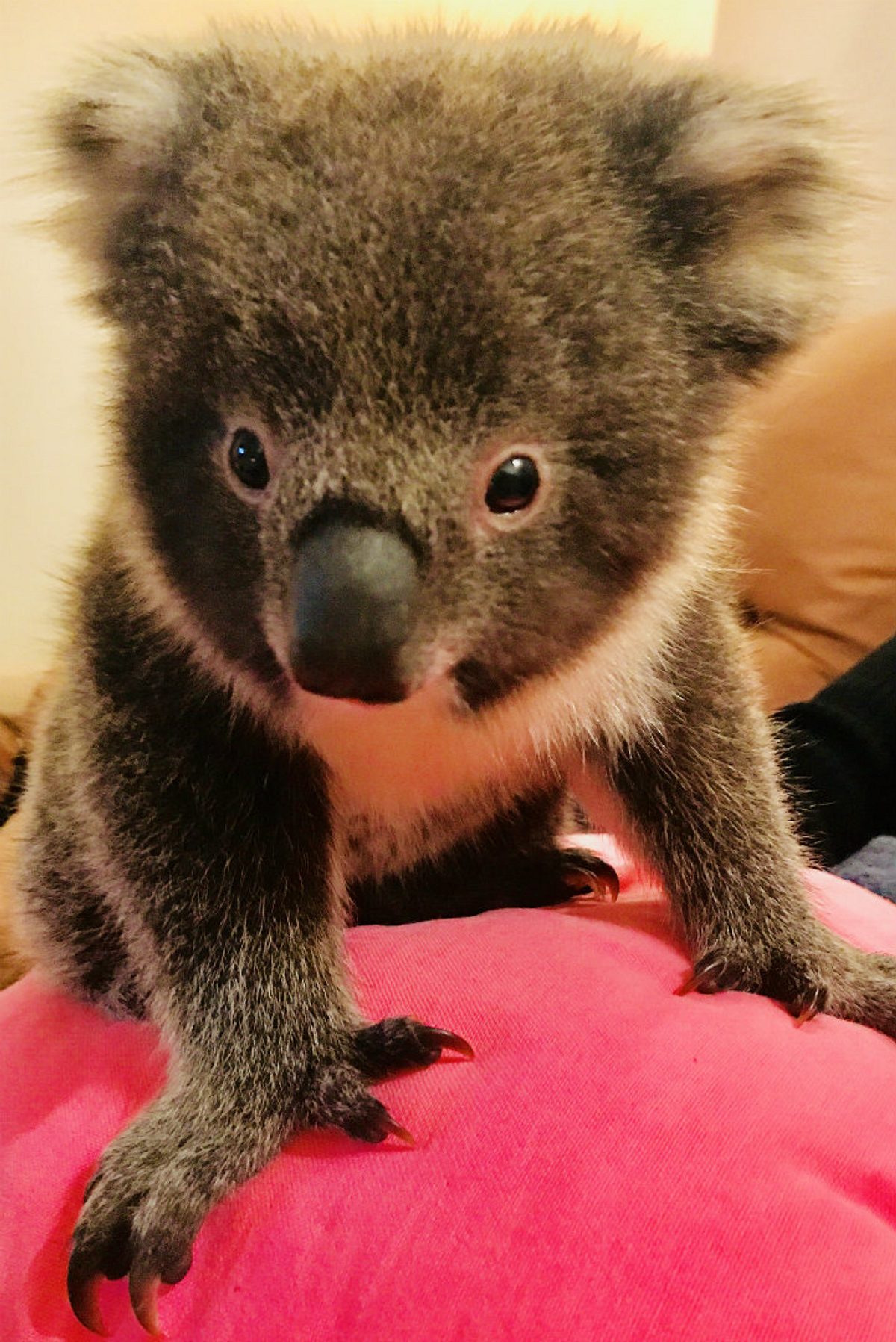
Tips for rescuing SA wildlife
Wildlife carers have the special knowledge and permits needed to look after injured and orphaned native animals.
But even if you are inexperienced, there are some things you can do to improve an animal’s chances of survival until you can get it expert help.
First off, take note of these general guidelines:
Be aware of traffic
Never put yourself or other people at risk by stopping on a busy road, or swerving or braking suddenly, and remember that it is illegal to stop on the freeway.
Always call the police if there is a threat to public safety, as they can direct traffic or contact traffic control to organise for things like lowering the freeway speed limits in order to rescue an animal safely.
Wear gloves
Most native animals have sharp claws, teeth, beaks or spines and will do their best to defend themselves if they feel threatened.
Remember, they don’t know you’re trying to help.
Get help fast
Seek expert advice or get the injured animal to a vet or wildlife carer as quickly as possible, as this will improve its chances of survival.
You can call the RSPCA or a local vet for advice.
Most vets will accept injured native animals and birds, or be able to refer you to a practice that will. They may provide medical treatment, then pass the animal on to a wildlife carer.
Alternatively, do a Google search for local wildlife rescue organisations.
Deliver if you can
Most wildlife carers will find it difficult to come to you, so if you can, be ready to bring the injured animal to them.
Choose a suitable container
If you do need to transport an injured animal yourself, ideally use a suitable-sized pet carrier or a cardboard box with holes punched for good ventilation.
Line it with something soft like an old towel, and make sure it can be sealed, as the last thing you want is a scared animal loose in your car while you’re driving.
If you’re in the car, you can improvise with something like an esky and a picnic rug. Remember that injured, orphaned and sick animals are stressed, so the darker and quieter the travelling arrangements, the better.
Get the temperature right
Cold can kill, especially with baby animals that are used to their mothers’ body heat, so wrap them up gently in a towel, blanket or jumper.
For joeys, something pouch-like, like a pillow case or even a sock for tiny animals like baby possums, is ideal.
In cold weather, a hot water bottle full of warm (not hot) water can also be a great help, or just place the box in a warm spot.
If the weather is hot, make sure you keep the animal in the shade, or ideally in an air-conditioned environment.

Don’t try to feed them
Offer water but not food.
Most native animals have very specific food requirements that human or household pet foods simply cannot meet. By feeding them, you may be creating a stomach upset, which makes matters worse.
Bear in mind that different species need to be cared for in different ways.
Here are some common SA species must-knows:
Kangaroos, koalas wombats and possums with joeys
If you find a dead marsupial like a kangaroo, koala, wombat or possum by the road, check to see if it has a pouched young, as a baby may survive an accident even if the mother is killed.
If there is a joey, carefully remove it from the pouch, keep it warm and protected and do not feed it milk. Marsupials need a special lactose-free formula, so if it is going to be a few hours before you can get help, offer water to prevent dehydration but nothing else.
If it is very young, you may need an eye dropper to carefully place water in the pouch of its cheek.

Bats
Never handle bats, whether dead or alive, as all species can carry Australian bat lyssavirus, a rabies-like disease that can be fatal.
Birds
For adult birds, put the bird in a box and take it to a vet or a wildlife carer who specialises in birds.
If you see a baby bird on the ground with all its feathers and no obvious injuries, it may not need to be rescued. It may just be in the process of leaving the nest, so stand back and give mum and dad the space they need.
If it is at risk of attack, move it to a safe spot nearby where pets cannot get to it. The baby will call out when it’s hungry, and the parents will be able to find it.

Marine mammals
If you see an injured or entangled seal, sea lion, whale or dolphin, call the nearest Natural Resource Centre. Do not try to approach or assist an injured or entangled animal, as this is dangerous both for you and the animal.
Be aware that some seal and sea lion behaviour may look alarming, but is actually quite normal. Seals will lie on their sides in the shallows with one fin in the air – a practice known as fin surfing. They are not in need of help, but rather having a rest and using the fin in the air to regulate their body temperature.
Seal and sea lion mothers will also leave young pups alone on the beach while they go fishing for two to three days at a time. If a pup is removed from the beach, the mother will not be able to find it again.
Are you keen to learn more about caring for animals? Check outhow to help natives in hot weatheror find outwhat to do if there’s a blue-tongue lizard in your backyard.
This story was originally posted in November 2017.





